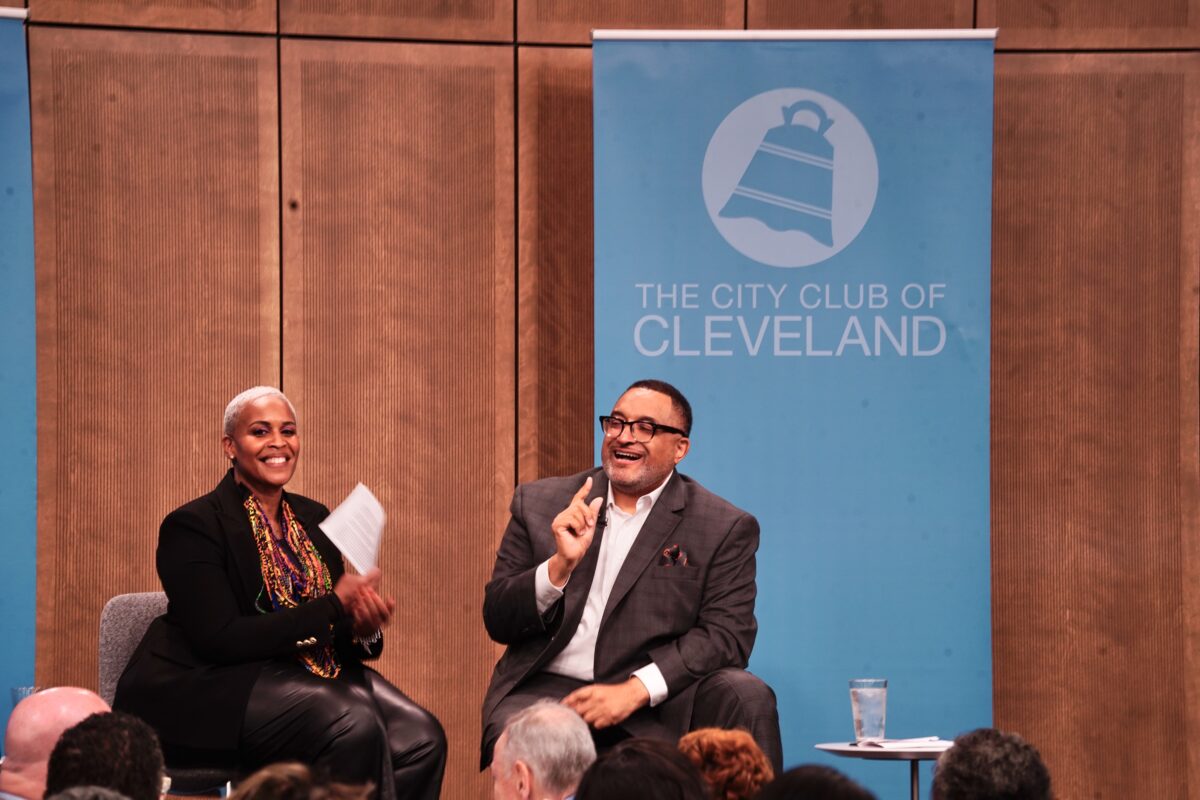|
|
By Vince Robinson
In a recent gathering hosted by the City Club of Cleveland, titled “The Changing Landscape of Arts and Culture in Northeast Ohio,” Rhonda Brown, Chief Strategist for Arts, Culture, and the Creative Economy, led a thought-provoking discussion alongside Jeremy Johnson, President and CEO of the Assembly for the Arts. This nonprofit organization, dedicated to advocating for and researching the arts, plays a crucial role in supporting artists, nonprofits, and creative businesses in Cuyahoga County.
Johnson highlighted a striking statistic from an economic impact study by Americans for the Arts: in 2022, Cuyahoga County’s nonprofit arts and culture sector generated over $533 million in economic activity. Despite the challenges posed by the pandemic, Johnson emphasized the resilience of the industry and the urgent need to sustain its momentum.
Central to Johnson’s message was the looming expiration of a crucial levy supporting the arts, funded by a tax on cigarettes. This levy, unique in its dedication solely to the nonprofit arts community, has been instrumental in providing grants and fostering growth within the sector over its two-decade lifespan.
Returning to Cleveland after directing Newark Arts in New Jersey, Johnson emphasized the importance of collaboration and partnership between the public and private sectors. He underscored the necessity of governmental support and philanthropic investment in bridging the gap between city leadership and the vibrant arts community.
Brown and Johnson echoed a sentiment of inclusivity, acknowledging the diverse array of artistic expressions in the community, spanning from visual arts to performance, literary endeavors to culinary delights, and beyond.
However, the conversation took a poignant turn as the disparity between investments in public safety and the arts was brought to light. Mayor Justin Bibb’s recent State of the City address heavily prioritized public safety measures, allocating significant resources to law enforcement initiatives.
Despite the clear societal benefits of investing in the arts, funding allocations tell a different story. While millions are earmarked for public safety initiatives, the allocation for arts and culture remains comparatively modest.
The recent allocation of funds to the Assembly for the Arts for the Transformative Art Fund represents a step forward, yet it underscores a systemic issue: the neglect of the arts in favor of reactionary approaches to societal challenges.
The consequences of this neglect are profound. Many communities lack access to arts education, perpetuating cycles of inequality and depriving individuals of opportunities for self-expression and personal growth. The transformative potential of art in addressing issues such as racism and mental health crises cannot be overstated.
It is time for a paradigm shift. We must recognize the intrinsic value of the arts and prioritize investment in creative endeavors as a catalyst for positive change. Only then can we truly harness the transformative power of art to build a more equitable and vibrant community for all.








